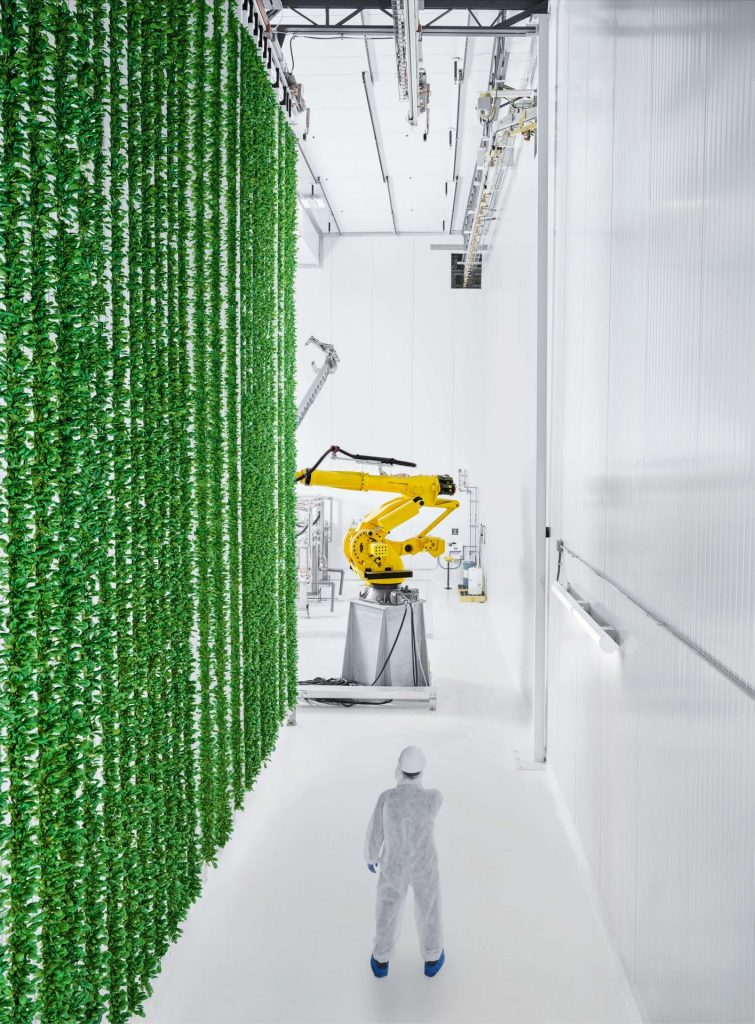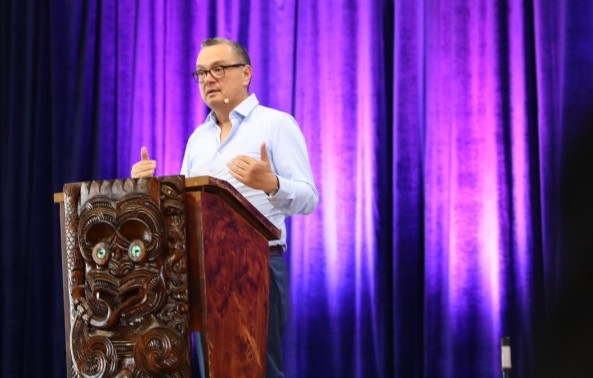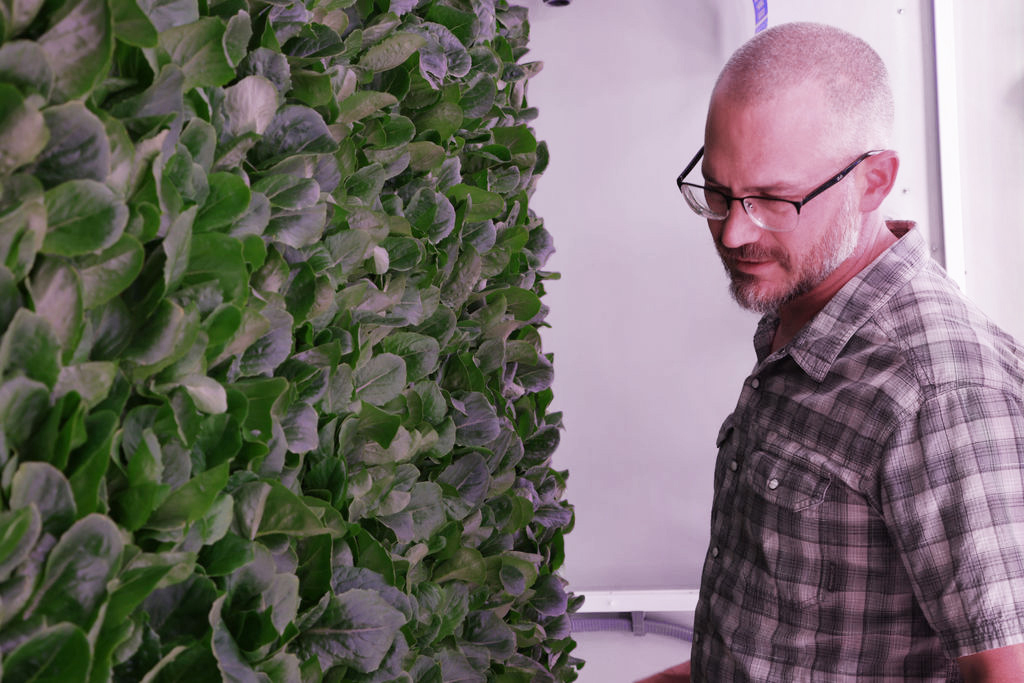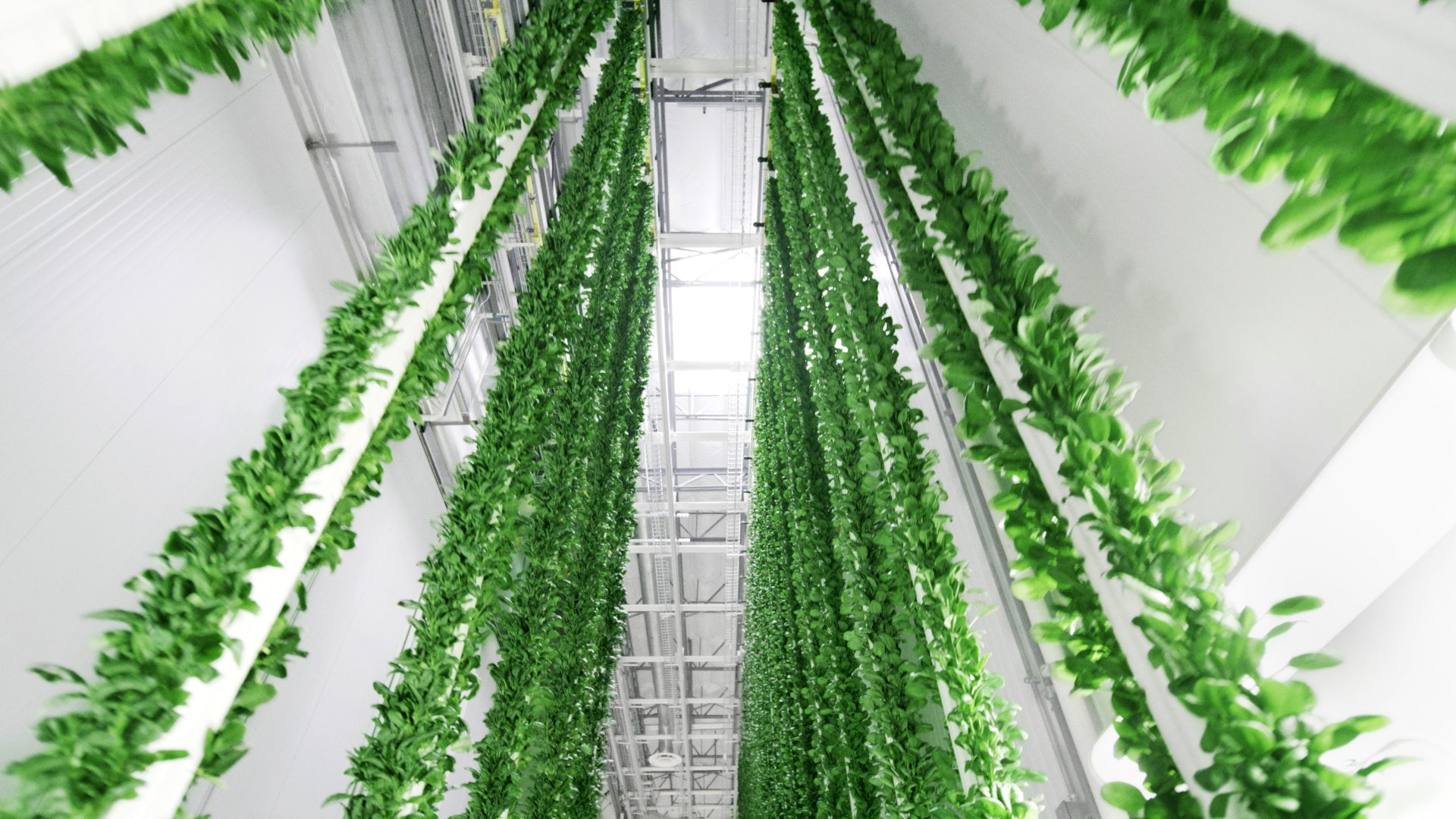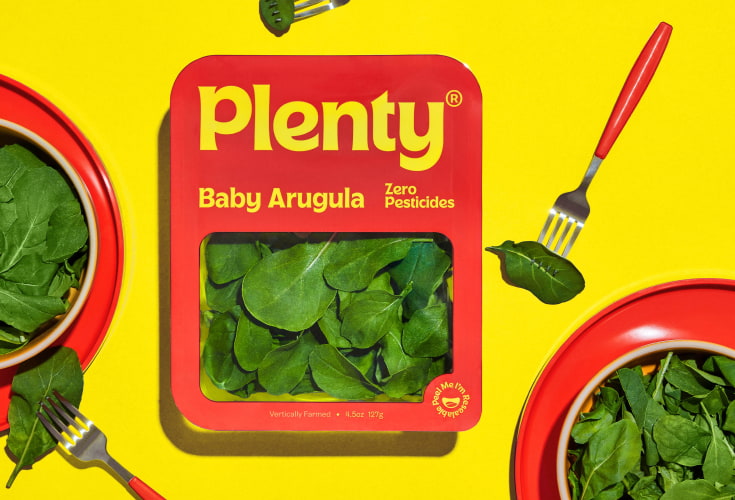The End of the Beginning

“Stories about the demise of vertical farming are a dime a dozen these days, but the reality is, they’re getting the story wrong.” I was privileged to give a keynote on this theme at the Global Summit hosted by my friend John Hartnett and SVG Ventures | THRIVE, last month. This article builds on that theme and expands on how Plenty is charting a sustainable path forward with an innovative approach to financing and business model. Our strategy would not be possible without the visionary support of key partners Realty Income, Walmart, and Driscoll’s. I’ve shared this thinking within the confines of agritech events like THRIVE and the recent Indoor Ag meeting in Virginia over the past few months, but I’m excited to share this with a broader audience and hopefully start a dialogue on this platform.
Shakeouts in high-tech, high-innovation industries are part of the natural maturity cycle for emerging sectors as businesses shift from start-up to scale-up. Why? Innovative technology attracts early investment and breeds a lot of competition. But once the technological and economic barriers become apparent, the competition starts to slim down. Successfully breaking those barriers is complex and costly. So it’s not a surprise that a much smaller set of companies will emerge as winners. We’ve seen this play out many times before in solar, EV, smartphones and now in agritech.
All the headlines about vertical farming being dead are really a reflection that agritech VC funding has dried up – especially for companies that cannot show a path to scale, as PitchBook reported at the event. The capital required to scale food production assets is significant because, at the core, it’s infrastructure. Inherently, the sector has to change the way it finances growth.
In my view, the next step forward for indoor ag is through asset-level financing using more efficient cost of capital. Large greenhouse growers are already moving in this direction, albeit with mature technologies with limited techno-economic upside. At Plenty, we’ve already shifted gears to farm-level financing, but we will continue to invest in R&D to unlock new crops and better economics for our vertical platform. “Traditional” agriculture and farm investors today represent hundreds of billions of assets under management where investors are typically seeking steady dividend-type returns. Very few of the established large players have committed to the sector, but this is changing. As vertical farms demonstrate consistent, predictable returns, we can expect to see more capital flow into the class. Additionally, many of these investors also have mandates oriented toward climate transition and sustainability that fit positively with the technology and mission of companies like ours.
Plenty’s partnership with real estate investment trust (REIT) Realty Income announced earlier this year supports our national expansion through the $1 billion in capital they’ve committed to our future farms. This is possible because we have also built unique go-to-market partnerships with retailers and marketers where we have a clear “demand signal” for our produce before farms are built via offtake agreements. Offtakes are a relatively new phenomenon in agriculture. Multi-year, volume- and time-bound agreements have not been practical for regular farming, where it’s not possible to know with certainty what crops will be available next season let alone years in advance. Even greenhouses are impacted by seasonality, so vertical farming has a unique opportunity to support retail demand for consistent, month-in month-out supply. At Plenty, partnerships play a key role in unlocking a scalable, profitable business model. R&D partnerships, like our ongoing work with Driscoll’s, drive new crop development, unlock retail commitments, and support positive unit economics. We are working with retailers like Walmart to develop in-house branded products that build on the superior flavor, quality and cleanliness of our produce.
Retailers have recognized that indoor ag is here to stay and are investing in the category, both for surety of supply but also for points of difference. This was a major factor in our decision to develop strawberries as our next commercial farm near Richmond, Virginia. Shoppers in the fresh produce category spend up to 75% more, so they are critical shoppers for retailers to attract and retain. And yet, while fresh is the most important part of the store, it’s the hardest to manage. Technology is providing new ways to help retailers give these customers better choice and availability.
We’re also tapping into facility-level financing from the public sector, through a combination of grants, incentives and policy. In the last 18 months, we’ve secured more than $40M in funding and other benefits from the public sector, including more than $20 million from Wyoming in the largest economic development grant that state has ever pledged. States are actively competing to attract Plenty to their regions via incentives and tax legislation. Public-private partnerships are also critical to shaping sensible policy to support innovation in the agritech sector and bringing it to fruition. We are building our first campus in Virginia, supported by the state and in a day’s drive to 100 million consumers.
Ultimately, tech companies have to invest their dollars in a sustainable way. The savviest tech companies know ongoing innovation is what sets them up to win. They are relentless in their pursuit of solving big problems more efficiently and sustainably through technology. And to survive and thrive, we believe vertical farming companies have to be technology companies at their core. Plenty has invested hundreds of millions of dollars into R&D because we know our technology unlocks a new business model that older technologies like greenhouses or stacked tray vertical farms cannot. We also know that by ensuring predictable supply, we unlock stable offtakes. That’s how we can create a new playbook for a produce industry struggling with the volatility of growing outdoors. Agriculture is the only industry still manufacturing outside and, as we grapple with the impacts of climate change on the global food supply, we have to bring more food production indoors to create supply stability and more crops to the growing portfolio of vertical farms. By leading with innovation and funding to scale, I believe Plenty and vertical farming can change the future of food.
